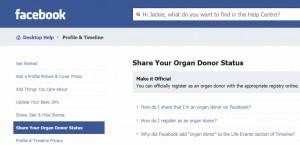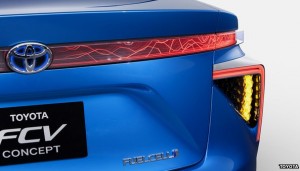Activities of the Enbridge Inc.’s Northern Gateway has created much controversial opinions and beliefs from ages and cultural groups. However, the aboriginal members of the Yinka Dene Alliance is strictly opposing to Enbridge’s 7.9 billion oil pipeline, which runs from Alberta to Kitimat, British Columbia. These first nations groups strives to protect their spiritual land, animals and ecosystem. Their argument is that a simple oil leak can easily destroy the natural habitat and balance of nature – especially endangered species that reside in the heart of the Nak’azdli territory.
Yet, the fact that the Nak’azdli depends on oil and fuel for their vehicles and boats (HOEKSTRA) contradicts their opposition with the pipeline.
Despite that, Nak’azdli members are trying to reduce fossil fuel consumption to demonstrate their protest and support their position of opposition. For example, Kwah Hall is now heated with an energy system that burns wood waste, and the grocery store, new elementary school and an apartment they own all se geothermal heating (HOEKSTRA). These actions from the first nations ultimately have an affect on the business world as well.
By trying to demonstrate their ability to survive with reduced fossil fuel consumption, the Nak’azdli members are leading the rest of the world with the notion of minimizing carbon emission. It is provides eco-friendly business inventions and ideas an opportunity to enter the field of business. At the same time, it forces the major energy delivery companies such as Enbridge Inc. to re-evaluate their plans, steps of measure and probability of plans – like the Northern Gateway plan. As seen, due to the First Nations protest, the final decision of the Northern Gateway has yet to be finalized.
Cite: HOEKSTRA, GORDON. There will be no Pipeline. 16 August 2014. 6 October October. <http://www.vancouversun.com/news/There+will+pipeline/10122968/story.html>.



